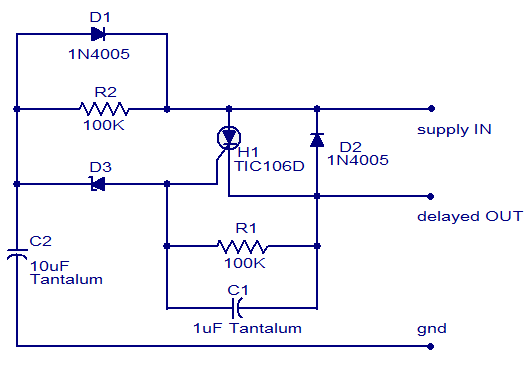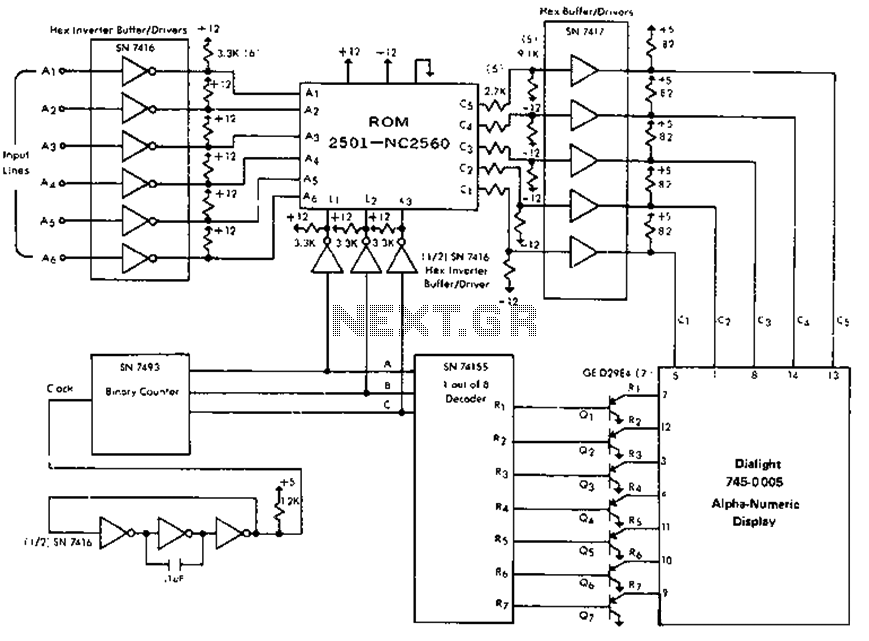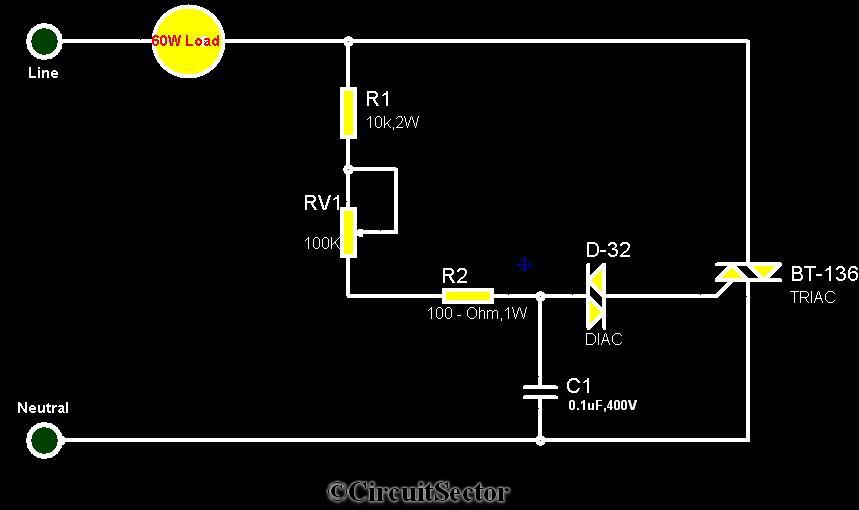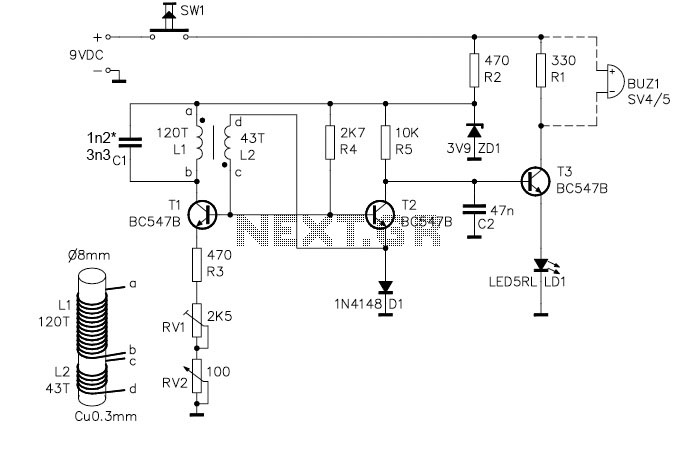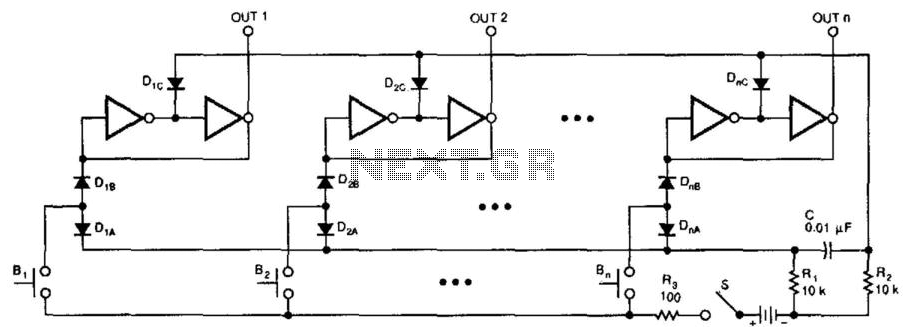
dual voltage converter turning the solar charge controller circuit
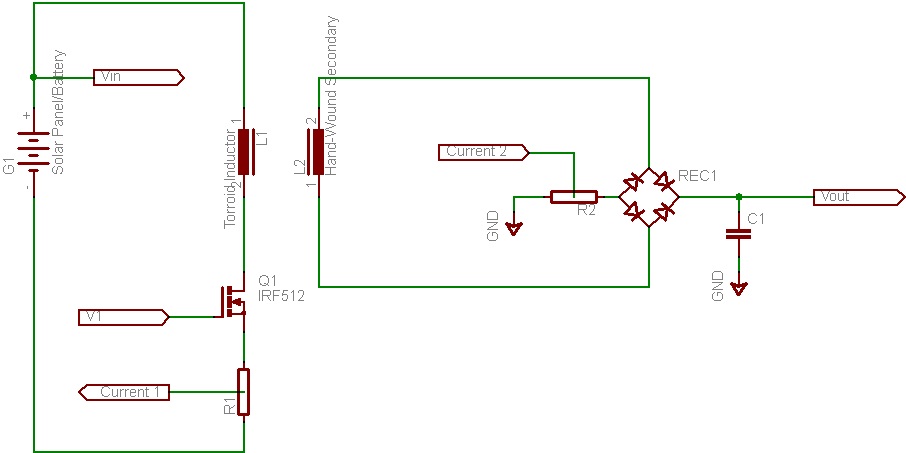
This document discusses the future direction of the Free Charge Controller project and proposes a new solar charge controller circuit.
The Free Charge Controller project aims to enhance the efficiency and effectiveness of solar energy management systems. The proposed solar charge controller circuit is designed to optimize the charging of batteries from solar panels, ensuring that energy is stored efficiently while preventing overcharging and deep discharging, which can damage battery life.
The circuit typically includes several key components such as a solar panel, a battery, a charge controller IC, and various passive components like resistors and capacitors. The solar panel converts sunlight into electrical energy, which is then fed into the charge controller. The charge controller regulates the voltage and current coming from the solar panel to the battery, employing techniques such as Maximum Power Point Tracking (MPPT) or Pulse Width Modulation (PWM) to maximize energy harvest.
Protection features are integral to the design, including over-voltage protection, under-voltage protection, and temperature compensation to ensure safe operation across varying environmental conditions. Additionally, LED indicators may be included to provide visual feedback on the charging status and battery health.
The proposed circuit aims to be cost-effective and easily implementable, making it accessible for a wide range of applications, from small-scale residential setups to larger solar energy systems. Future developments may focus on integrating smart technology for remote monitoring and control, enhancing user interaction and energy management capabilities.Discusses the future direction of the Free Charge Controller project and proposes a new solar charge controller circuit.. 🔗 External reference
The Free Charge Controller project aims to enhance the efficiency and effectiveness of solar energy management systems. The proposed solar charge controller circuit is designed to optimize the charging of batteries from solar panels, ensuring that energy is stored efficiently while preventing overcharging and deep discharging, which can damage battery life.
The circuit typically includes several key components such as a solar panel, a battery, a charge controller IC, and various passive components like resistors and capacitors. The solar panel converts sunlight into electrical energy, which is then fed into the charge controller. The charge controller regulates the voltage and current coming from the solar panel to the battery, employing techniques such as Maximum Power Point Tracking (MPPT) or Pulse Width Modulation (PWM) to maximize energy harvest.
Protection features are integral to the design, including over-voltage protection, under-voltage protection, and temperature compensation to ensure safe operation across varying environmental conditions. Additionally, LED indicators may be included to provide visual feedback on the charging status and battery health.
The proposed circuit aims to be cost-effective and easily implementable, making it accessible for a wide range of applications, from small-scale residential setups to larger solar energy systems. Future developments may focus on integrating smart technology for remote monitoring and control, enhancing user interaction and energy management capabilities.Discusses the future direction of the Free Charge Controller project and proposes a new solar charge controller circuit.. 🔗 External reference
